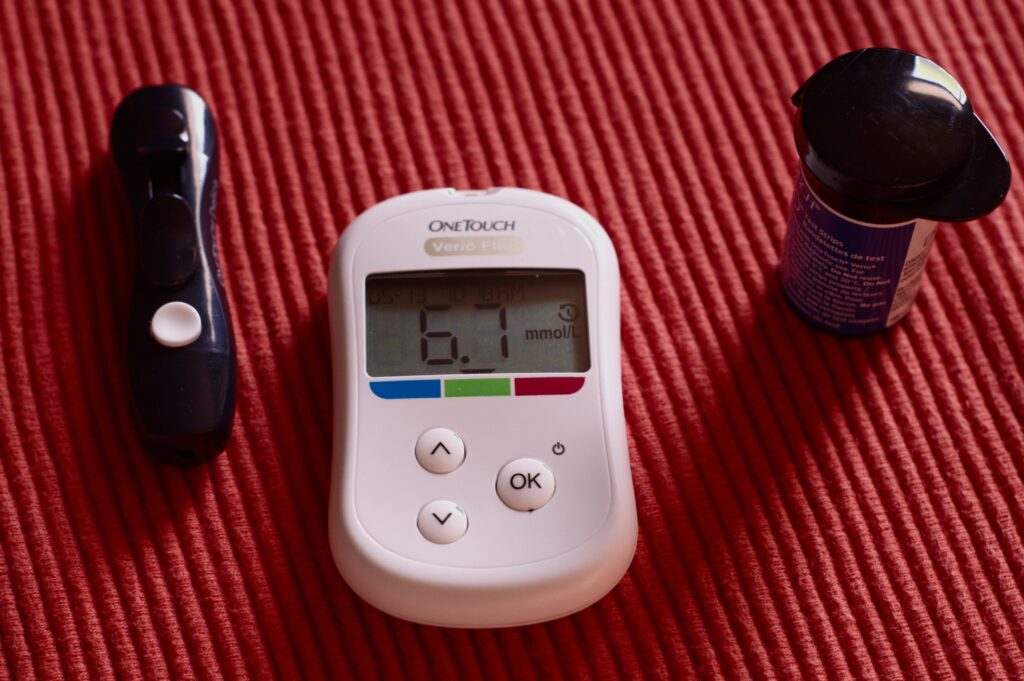Headache is one of the worst experience. Serious headache is worrisome too. In today’s world headache is usually common throughout the world. Those who are lucky can experience headache in its mild form. But there are people who experience headache in its severe form. In some people headache becomes intolerable to bear.
Severe headache does not always mean that the person is suffering from serious medical condition or underlying disorder. In this article we are going to tell you about those 12 serious headache symptoms that suggest a serious underlying disorders.
Serious Headache Symptoms
Serious headache symptoms are the following
1. Sudden-onset headache – When the headache appears suddenly without a previous history of headache.
2. First severe headache- When the headache is severe for the very first time.
3. “Worst” headache ever – When the headache is so severe that it is considered as the worst headache ever.
4. Vomiting that precedes headache – When vomiting occurs before the appearance of headache.
5. Subacute worsening over days or weeks – When the headache is worsening with time, over days or weeks.
6. Pain induced by bending, lifting, cough – When the headache pain is stimulated by bending, lifting, coughing.
7. Pain that disturbs sleep or presents immediately upon awakening- The headache pain that disturbs the usual sleep. Not only that, when headache presents immediately upon awakening is a warning sign.
8. Known systemic illness – When the person with headache have known underlying medical conditions such as nerve disorder, brain disorder, heart or blood vessel related disease, etc.
9. Onset after age 55- When the appearance of headache occurs after the age of 55 years, it needs special attention. With age, many diseases become more common. So, proper evaluation is essential.
10. Fever or unexplained systemic signs – When fever or any other unexplained signs and symptoms are present along with headache, it needs urgent evaluation.
11. Abnormal neurologic (nerve) examination – When the nerve examination reveals abnormal findings, then proper management is needed.
12. Pain associated with local tenderness, e.g., region of temporal artery – When there is headache with presence of tenderness in a region, such as after pressing that region pain is felt, then further evaluation is needed.
The patient who presents with a new, severe headache has a differential diagnosis that is quite different from the patient with recurrent headaches over many years. Simply means, when a person is suffering from headache over many years is less worrisome than the person who is recently diagnosed with severe headache with previous no history of headache.
In case of the newly occurring and severe headache, the probability of finding a potentially serious cause is considerably greater as compared to recurrent headache.
Persons with recent appearance of pain require prompt evaluation and appropriate treatment.
One should also consider covid headache as a potential cause of serious headache.
Serious Headache Causes
The causes of serious headache are the following
- Meningitis
- Subarachnoid hemorrhage
- Epidural or subdural hematoma
- Glaucoma
- Tumor
- Purulent sinusitis
When worrisome symptoms and signs of headache are present, rapid diagnosis and management are vital.
Serious Headache Evaluation
A careful neurologic or nerve examination is an essential first step in the
evaluation of serious headache. In most cases, patients with an abnormal findings or a history of recent-onset headache should be evaluated by a computed tomography (CT) or magnetic resonance imaging (MRI) study of the brain.
As an initial screening procedure to find out intracranial disorder, CT and MRI methods appear to be equally helpful. In some cases, a lumbar puncture (LP) is also required to know the causes of serious headache.
A general evaluation of acute headache might include cranial arteries by palpation; cervical spine by the effect of passive movement of the head and by imaging. In many cases, it gives an idea about the potential cause of serious headache.
The cardiovascular (heart and blood vessel) status of the patient should be evaluated by blood pressure monitoring. If high blood pressure is present, further tests are needed such as lipid profile test, fasting plasma glucose test, PP blood sugar test, etc. The renal or kidney status of the patient should be evaluated by urine examination (such as creatinine test, etc.). Eyes should be checked by funduscopy, intraocular pressure measurement, and refraction.
The psychological state of the patient is also an important part of evaluation to check for. It should be evaluated because a relationship exists between head pain, depression, and anxiety.
In today’s world, stress is not that much uncommon. In fact, a greater population throughout the world is suffering with stress, anxiety, depression along with headache. Headache is associated with lack of sleep, poor self well being, etc. All these factors needs to be addressed to find out the cause of headache.
It is important to note that troublesome headache or serious headache is seldom simply caused by mood change. So, when there is severe headache, the cause of headache is not limited with the mood change, rather a more serious cause is usually the reason of the worst headache.
Although it is notable that medicines with antidepressant actions are also effective in the preventive treatment of both tension-type headache and migraine, each symptom must be treated optimally. But it is also true that proper evaluation of the cause of headache is vital because ruling out of the serious causes of headache saves the life.
Takeaway
Serious headache needs urgent attention to avoid further complication and also to save the life. Early diagnosis of any serious medical condition has a better chance to get cured. So, never hesitate to consult with the doctor if you experience headache that you feel is worsening over time or worst headache ever. There are various treatment options for serious headache that are giving promising results. Stay healthy and happy.





